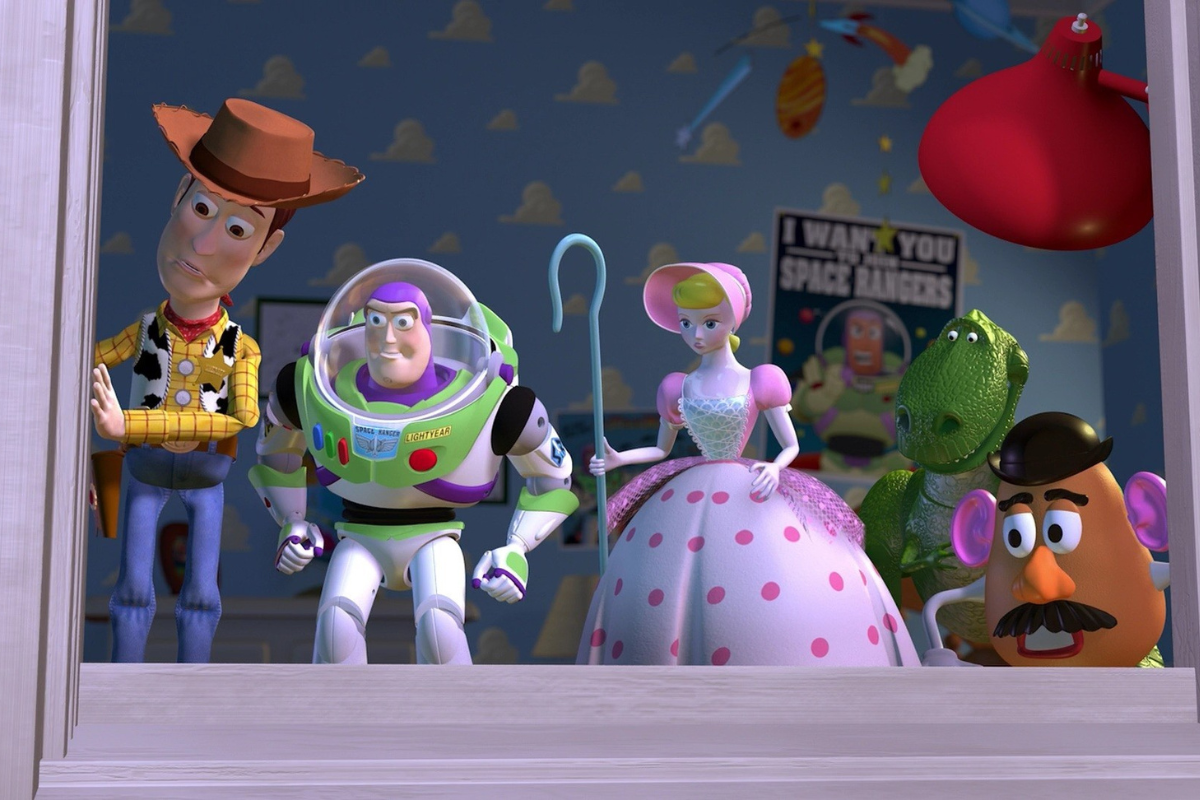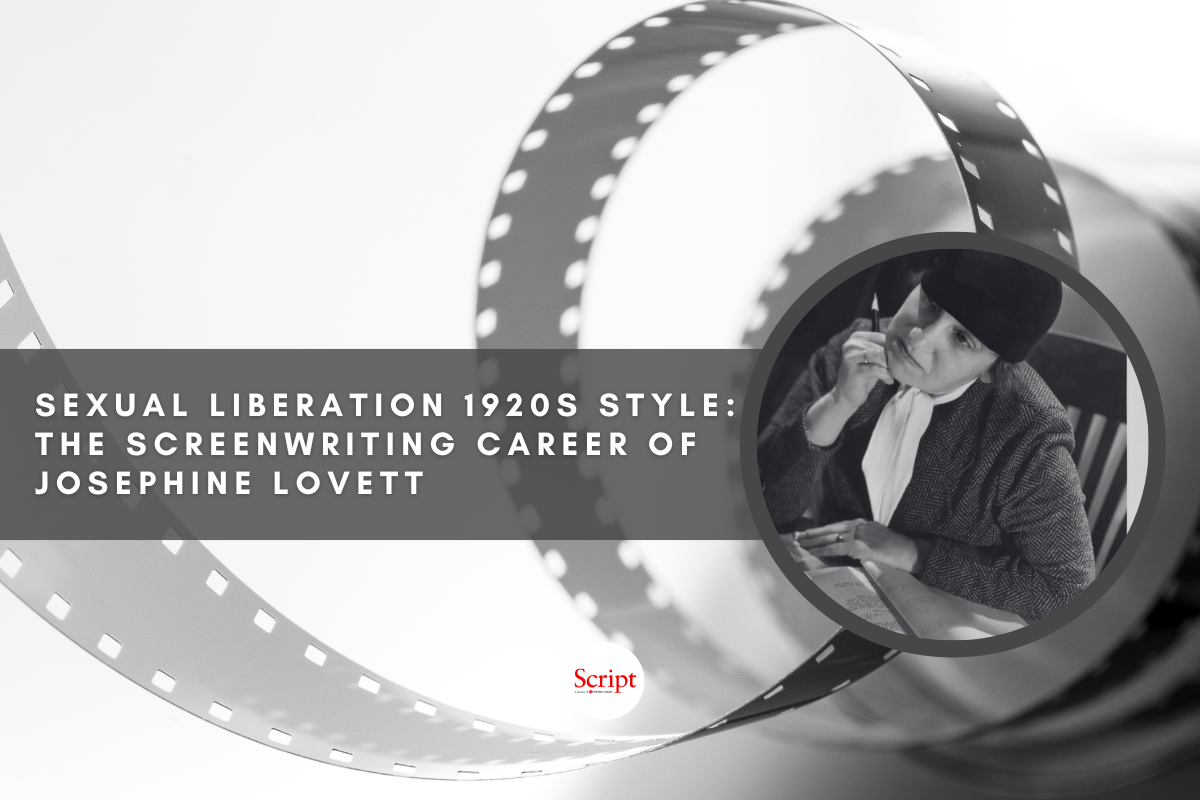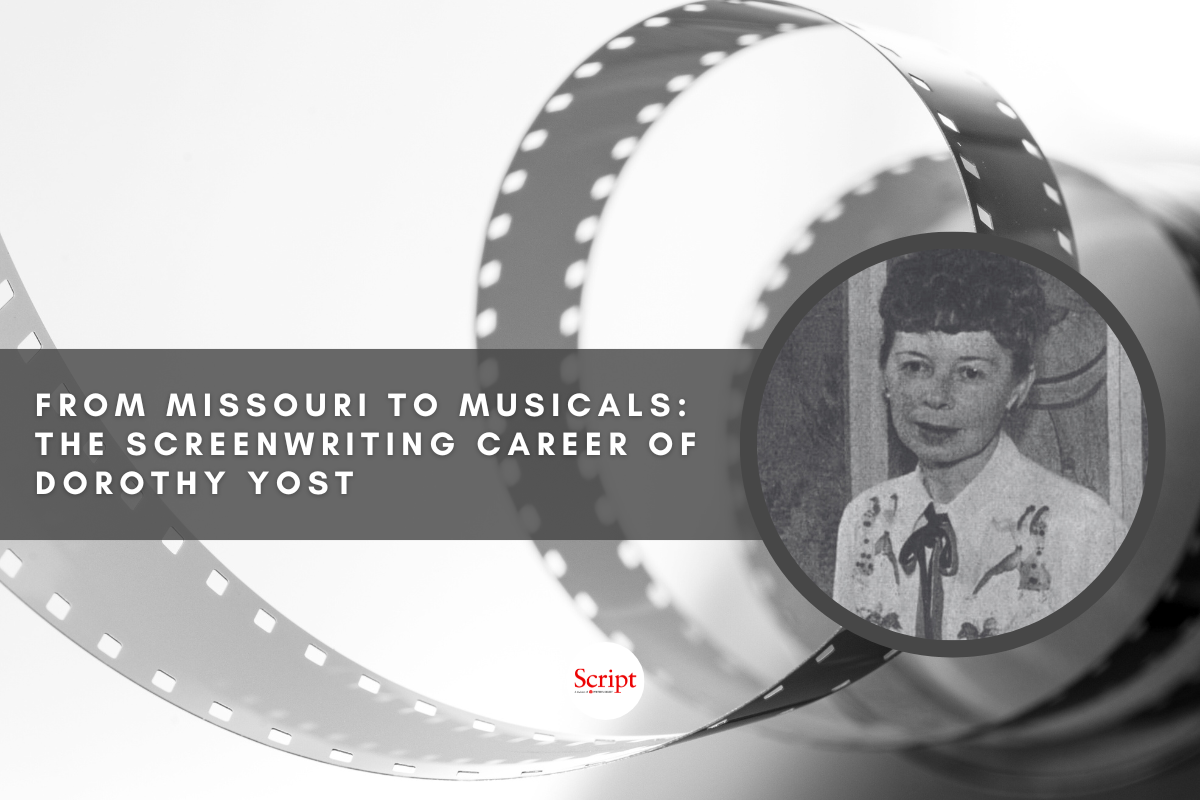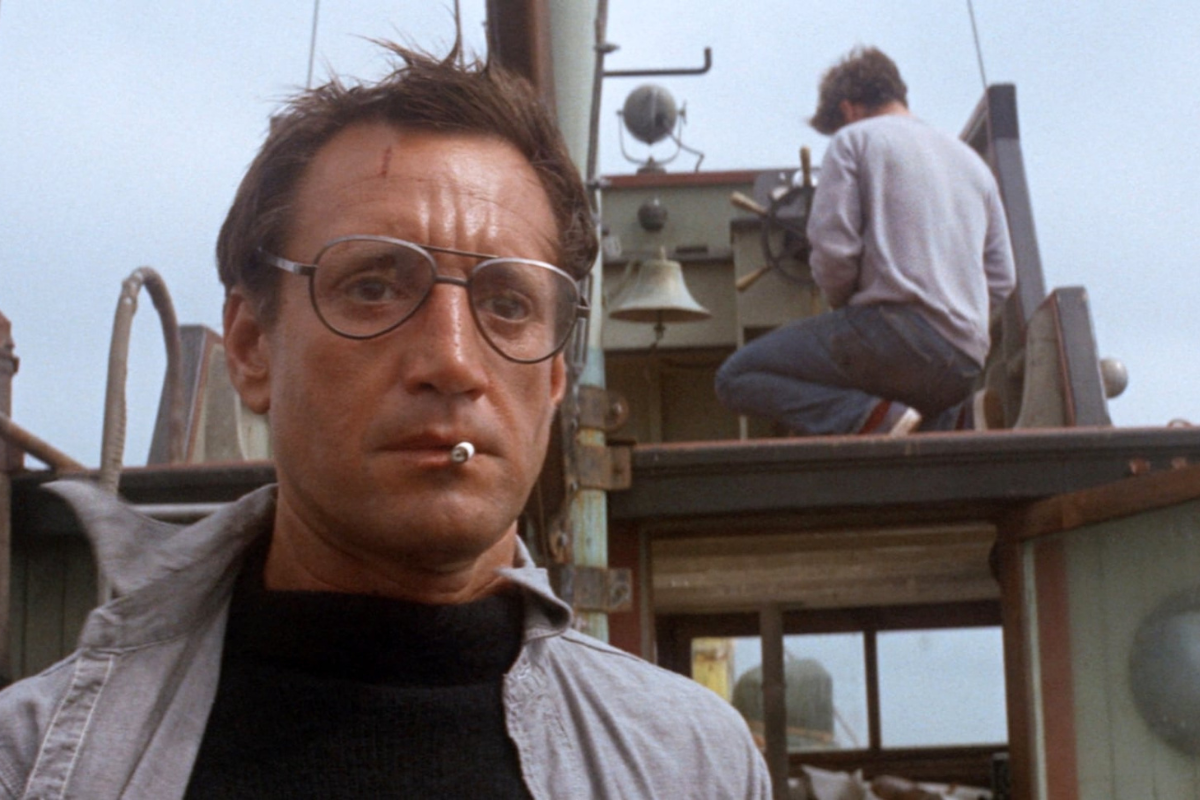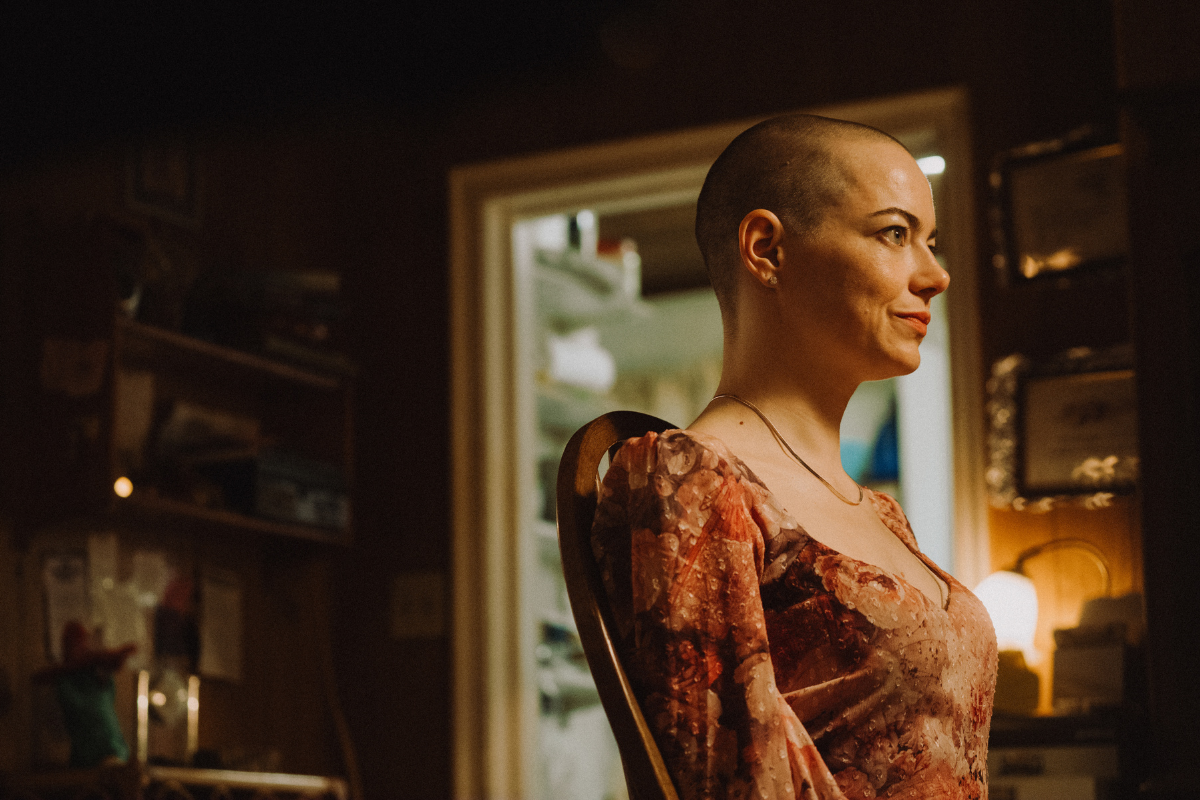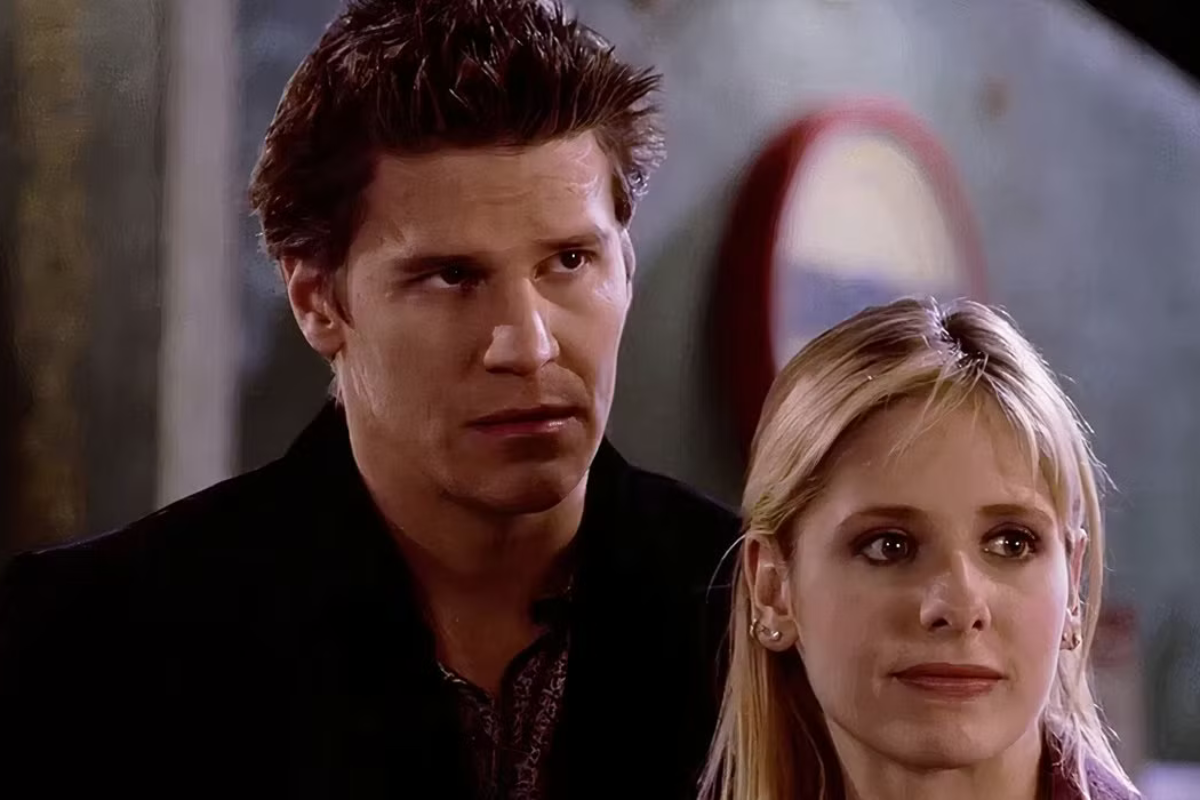Structure & Style in Franchise Cinema: The ‘90s Hits That Shaped Us
What makes everything old new again, why we keep going back, and how we can learn from it all as writers to keep it recognizable but fresh.
The ‘90s are back, back again. Backstreet Boys have landed in Vegas. Bag charms in the form of so-ugly-they’re-cute that harken back to Troll dolls have consumed fashion and influencer culture, and Clueless is having its moment. Again. But instead of saying as if! to all this nostalgia, we’re embracing it—and dissecting it in screenwriting terms of what makes everything old new again, why we keep going back, and how we can learn from it all as writers to keep it recognizable but fresh.
What is a film franchise and why are they so popular?
Franchise films are those sequels, prequels, and spin-offs in a cinematic universe held together by one or more of the following elements: common characters or settings in the same fictional world but with standalone stories, continuous storylines, or interconnected components of the storyline or world.
This is a win-win from both the screenwriter and the business (marketing!) perspective. If you’re creating a world in your screenplay, having fully-developed supporting characters with the potential to headline their own story is somewhere for you to go; to create IP.
If you look at the book world, interconnected stories are becoming the way of things for authors and publishers, as well. Who doesn’t want to sell a new story—be it film or novel—with a built-in audience? Remember when Harry Potter and the Sorcerer's Stone hit shelves in 1997? Yeah, neither do I. But, ten years and seven books later, there was also a film series that launched, helmed by producer David Heyman and written by (the first four anyway) Steve Kloves, which catapulted Harry, Ron, and Hermione into the stratosphere of ingrained pop culture.
Plus, there’s that other book-to-screen phenom of the early aughts: don’t pretend you didn’t have your Twilight era, too. The Melissa Rosenberg five-film saga is based on Stephenie Meyer’s eponymous four-book series. Shall we thank these YA phenoms for the current explosion of book-to-screen adaptations in all genres? Who else can’t wait for Rebecca Yarros’ Fourth Wing?
So when you’re writing your next script, keep it in mind. Could the story be expanded into a sequel? A spin-off? Because while “they say” they want something new to show audiences, studios and networks prove time and again with remake after sequel after universe expansion that maybe, they really don’t. Or is that just the cynicism talking?
Take Netflix’s latest phenom, KPop Demon Hunters from writer/co-director Korean-Canadian Maggie Kang, along with writers Danya Jimenez, and Hannah McMechan, and co-director Chris Appelhans. The animated pop musical feels vaguely reminiscent of that other ‘90s trio of pop culture icons who secretly fight evil, the Powerpuff Girls (created by Craig McCracken). There’s simply something comforting in the familiar. And rather than re-watching that old VHS on repeat, we can now hit replay on our fav streaming service without fear of wearing out the tape. Yes, that used to a thing. So while studios say they want new and audiences say they’re tired of watching the same old thing, let’s be real.
There are only seven true story archetypes. Let’s refresh:
- Rags to Riches
- The Quest
- Rebirth
- Overcoming the Monster
- Comedy
- Tragedy
- Voyage and Return
This is where your unique perspective steps in. From the screenwriter’s inspired conception to every other team member behind and in front of the camera, the story becomes an amalgam of influences. That’s what makes one Jurassic Park stand apart from the next. We all know the dinos are gonna get loose. So why do we keep sitting our butts in the seat to watch how that particular problem is going to be solved? And speaking of Spielberg’s classic ‘90s adventure…
The structure and style that defined ‘90s cinema — and why it’s back
Into every generation a slayer is born… Along with a slew of action flicks. Shall we analyze why that is? We had Die Hard one and two in the ‘90s, along with Terminator 2, Jurassic Park debuted, Bond was back with a vengeance after a six-year hiatus with GoldenEye, plus three more in the Pierce Brosnan era, and Tom Cruise kicked off his Mission: Impossible saga. On the family-friendly side, Kevin was left Home Alone for the first time in 1990 thanks to writer-producer John Hughes. Who knew that “mom’s worst fear” combined with a fun action flick would spin out six flicks?
These are the influences that shaped my teens. Macaulay Culkin and Bond Girls and serious shit blowing up. Plus disaster movies. Gotta have a good one of those every decade, too. These action-adventure sequels and remakes and spin-offs repeat like a cyclical barometer of where we’re at in the real world. Who needs a hero that’ll save us from all the things going wrong out there? While the hero’s characteristics mostly remain the same—we like ‘em a little more flawed and “human” these days, though—their mission has changed from the likes of world domination to… world desecration? Or rather: Utter Chaos, these days. Hackers and evil spirits who thrive off the demise of us all, rather than the evil megalomaniac seeking to control us all. One must simply look to cinema, and which franchise is currently on rotation, to see what the cultural zeitgeist is in terms of what we most fear, wish to escape from, and sometimes: Wish to escape into.
And thus we can’t discuss franchises and action films without talking about that one sub-genre: the heist film.
Heist films and why this action genre captures our hearts
While the following two franchises actually debuted in the early aughts as the sun set on the ‘90s, with both The Fast and the Furious and Ocean’s Eleven hitting big screens at a theatre near you in 2001, they capture one of my favorite parts of ‘90s film essence: multiple narrative paths. Both franchises feature sequels and spin-offs alike (with more films TBA in each series), because of their ensemble nature. There’s just so much possibility for story!
But why heist? The Fast franchise, originally created by Gary Scott Thompson and co-written by David Ayer and Erik Bergquist, introduced us to street racing and heists like we’d never seen them before thanks to Dom, Brian, Mia, and the rest of the gang that spun-off and interconnected and sequeled like nobody’s business: 11 films, more on the way, video games, a TV series, and theme park attractions. The running theme of family first and above all else—found family, in particular—resonated with audiences beyond those who were into fancy fast cars and intense action sequences incorporating aforementioned cars. Though those help.
In a chaotic world, the touchstone of family, however that may look, is something we’ll always happily tune into. Which might also be why the Ocean’s series of five films (Happy 65th Anniversary this August to the OG Danny Ocean’s Eleven, Frank Sinatra’s 1960 first take with the rest of the rat pack on the casino heist tale) with more in the works is still, well, working! Steven Soderbergh’s 2001 remake of the 1960 classic with George Clooney and Brad Pitt evolved beautifully with the times into Gary Ross’ Ocean’s 8 with Sandra Bullock heading the all-star female cast. A first-class example of how old concepts can be refreshed for new audiences in an intersection of tradition and trend.
In addition to the relationships that ground the action in both universes, the franchises also touch on the themes of redemption, revolting against capitalism, and loyalty. The takeaway in there for screenwriters is that no matter what you’re writing—fast cars, glamorous heists, or scary dinosaurs—it’s the characters and their struggles that captivate your audience. Their stories are why we watch, read, and return.
Seeing her first big-screen movie 007: License to Kill at the age of six explains everything. Karin operates on the notion that we are, in fact, living in a galaxy far, far away and everyone deserves a Happily Ever After; writing scripts to support her theory that have landed her multiple Screencraft & Stage 32 finalist spots, an Austin Film Festival 2nd Rounder, and a Final Draft Big Break Top 3. This Copywriter by day is also a screenplay analyst and editing consultant, but her favorite cape to wear is that of Mom to her two children and feisty dog Loki.


